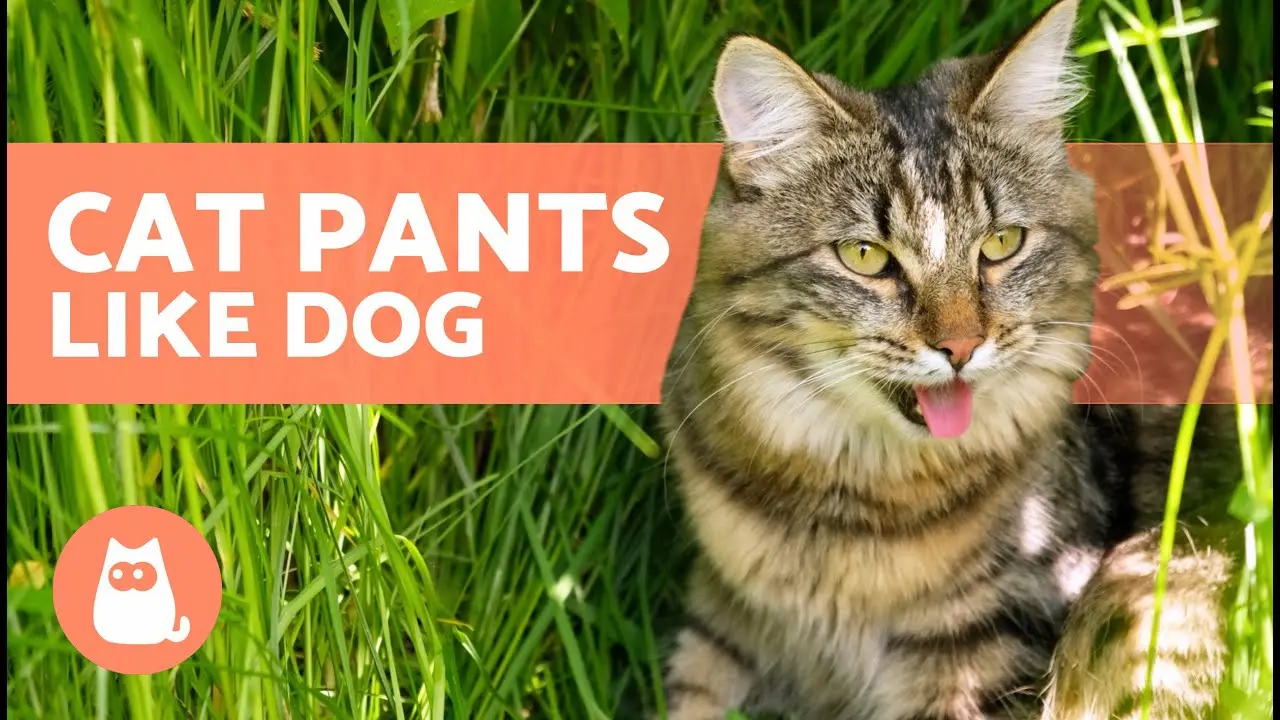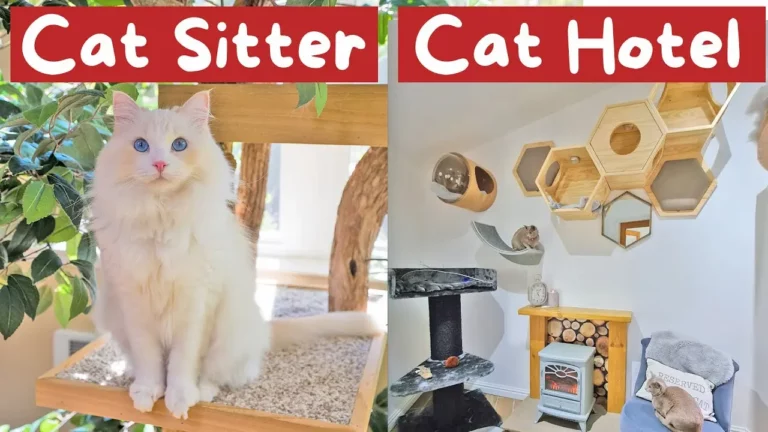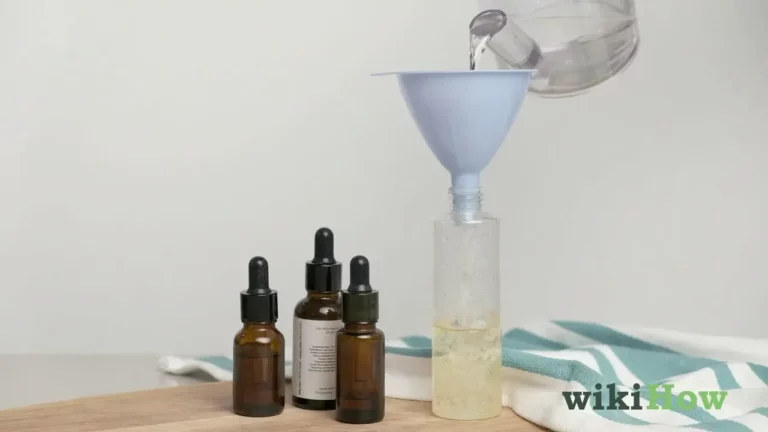Why Do Cats Pant in the Heat? What Every Owner Should Know
As a
Unlike humans, cats can’t sweat to cool down, so they resort to panting to regulate their body temperature.
However, excessive panting can signal more than just discomfort from the heat—it could indicate serious health concerns.
By recognizing the signs and knowing what steps to take, you can make sure your
But how do you differentiate between normal and worrisome panting? Let’s explore the details further.
What Is Cat Panting?
Cat panting is when a
You might notice this behavior during particularly hot days or after vigorous play.
Unlike dogs, though, cats don’t usually pant to regulate their body temperature.
When you see your cat panting, it’s important to pay attention because this isn’t typical for cats and might indicate something more serious.
Panting in cats can appear quite suddenly, with short, shallow breaths and an open mouth.
You might also see their tongue sticking out slightly.
It can be alarming if you’re not used to seeing this behavior, but understanding what it looks like can help you act appropriately. If your
However, if it persists or is accompanied by other symptoms, you should consider consulting a vet.
Knowing how to recognize panting in your
This awareness allows you to monitor their health more closely and take action if something seems off. Being proactive can make a significant difference in your
Causes of Heat Panting
Several factors can cause a
One of the primary reasons is their natural inability to regulate body temperature as efficiently as humans.
Cats primarily cool themselves by sweating through their paw pads, which isn’t very effective in extreme heat.
When temperatures rise, your
Physical activity also plays a role. If your
Just like dogs, cats need to expel the built-up heat from their bodies, and panting helps achieve that.
Stress and anxiety can be additional triggers.
A trip to the vet or even unfamiliar visitors in your home can make your
This is your
Lastly, dehydration can lead to panting.
If your
Make sure your
Health Concerns to Watch
Panting in cats can sometimes indicate underlying health concerns that require immediate attention.
If you notice your
Cats with heart disease may also pant due to difficulty in circulating oxygen.
Pay close attention to whether the panting is accompanied by coughing, wheezing, or lethargy, as these symptoms can signify a more critical problem.
Heatstroke is another vital concern.
Cats are generally good at regulating their body temperature, but extreme heat can overwhelm them. If your
Immediate veterinary care is often necessary to prevent long-term damage.
Additionally, anxiety or stress can cause your
Situations like car rides, vet visits, or new environments can trigger this response.
While less immediately dangerous than physical health issues, chronic stress can lead to other health problems over time, so it’s important to address these triggers.
Always monitor your
Preventing Overheating
To prevent your
Providing a shaded spot in your home or garden can give them a place to retreat from the sun.
Keep their water bowl filled with fresh, cool water, and consider placing multiple bowls around the house to encourage frequent hydration.
It’s also a significant idea to limit your
Instead, let them out during the cooler parts of the day, such as early morning or late evening. If your
Maintaining a comfortable indoor temperature is important.
Use fans or air conditioning to keep the environment cool. If you don’t have air conditioning, try to create cross-ventilation by opening windows on opposite sides of your home.
By taking these steps, you can help your
Cooling Tips for Cats
One effective way to keep your
These mats contain a gel or water that stays cool for long periods, providing a comfortable spot for your
Place the mat in your
Another simple tip is to make sure your home has plenty of shaded areas.
Closing curtains or blinds during the hottest parts of the day can make a significant difference in lowering indoor temperatures.
You might also consider placing fans strategically around your home to promote air circulation.
Hydration is important, so always provide fresh, cool water.
Adding ice cubes to your
You can also offer wet
Conclusion
Understanding why your
Always provide a cool environment, fresh water, and monitor their behavior closely. If your
With these steps, you’ll help your beloved pet stay happy and healthy, even in hot weather.






